3 Creative Ways to Implement Easter Music Worksheets This Spring
This post may contain affiliate links. If you purchase something through an affiliate link, I will receive a small commission at no cost to you. For more information, read the disclosure statement here.
Are you looking forward to spring and the new possibilities it holds for your studio, including implementing attractive Easter music worksheets for your piano students?
This beautifully designed bundle of activities will not only save you time (just print and go!) but can also be the springboard or follow-up to other musical Easter activities that will delight your students.
If you are a busy piano teacher, you need ready-made materials that will grab your students’ attention and make them want to learn their theory.
I’ll briefly describe what’s in this terrific Easter music worksheets bundle, and then give you three ideas that can easily be implemented with a minimum of preparation.
Set One: Note Reading Easter Music Worksheets
In this set, as in the other set, you get 14 different worksheets, available to be printed in color or black and white. Answer keys are also included.
Very cute bunny images adorn the top left corner of each page. Believe me, students notice and appreciate them!
If you run a private studio, as I do, and need to save costs on ink, remember that you can always print in black ink, but use Easter-colored paper, such as the pastel pink, blue, green, or yellow.
I’ve done this from time to time, and the worksheets look just as enticing! The choice is yours.
This set of Easter music worksheets begins with two “Bunny Space Notes” pages that have 24 short staves per page containing just one space note per staff.
The treble staff notes and the bass staff notes are on separate pages. This set-up ensures that students are able to concentrate on labelling just one note at a time.
The next two pages are entitled “Line Note Egg Hunt.” The layout is the same as the first two pages, but now students are tasked with labelling line notes.
Next comes two pages of “Easter Egg Race.” On these pages, the line and space notes are interspersed, and students are to label each page of 24 notes as quickly as they can.
Please read to the bottom of this blog post for extension ideas for this activity!
I love the creative titles for the remaining activities.
For example, “Egg Decorating” requires the students to name notes to reveal the music spelling words.
“Hidden Easter Eggs” reads, “Find the Easter eggs by writing a whole note above each letter.”
What a fantastic way to get students to learn to write notes on the staff!
Again, see below for a fun idea that can tie in with these worksheets perfectly.
For the “Eggs in a Basket” activity, students draw lines to connect the eggs on the page (which have notes on a staff inside them, of course) to the correct basket (the one with the letter name that matches).
Finally, this set of Easter music worksheets ends with two different bunny pictures for students to color by note — one for the treble clef and one for the bass clef.
At the end of this blog post, you’ll see some ideas that I’ve used with these and other color-by-note worksheets in Melody Payne’s educational resources.
Set Two: Piano Keys and Staff Easter Music Worksheets
This set of 15 different Easter music worksheets contains a variety of activities that lead beginner students from locating various black and white notes on keyboard to drawing those notes on the staff.
As always, the activities proceed in a step-by-step sequential manner.
For example, on the first worksheet, tiny bunnies are depicted on the white keys of a 3 1/2 octave keyboard.
Beneath that are the capital letters A through G.
Students simply draw a line from each piano key with a rabbit on it to the correct letter.
On the same page, much shorter keyboards are depicted, each with one tiny bunny on a white key.
What is really fantastic is that each keyboard shows only a group of two black keys (plus the surrounding three or four white keys) or only a group of three black keys and their surrounding white keys.
This solves the problem of students always counting up from A when learning to name their white keys.
Students have to name the white “bunny piano key” based on the two and three black key groups instead.
As students progress through this set of Easter music worksheets, the concepts become gradually more advanced.
For instance, students learn the names of their flat piano keys, their “Hoppy Sharp Piano Keys,” “Easter Staff White Keys” (where they color a certain piano key and then draw the note on a staff), their “Hoppy Staff Flats,” and their “Bunny Staff Sharps.”
These clever names and interesting activities are sure to keep students engaged, and the time they spend completing them will fly by!
Do you have students who love to color?
As a reward, there are three different worksheets for students to color once they’ve learned the concepts in this bundle of Easter music worksheets.
There’s “Coloring Bunny White Keys,” “Coloring Easter Flats,” and “Coloring Hoppy Sharps.”
To ensure that students complete them successfully, I usually go over the worksheets during the lesson and have students start coloring them if there’s time.
Set Three: Music Math Easter Music Worksheets
If you aren’t familiar with music math, you really should give it a try! Essentially, these beautifully designed worksheets involve adding, subtracting, multiplying, and dividing using notes and rests instead of numbers. There are 24 worksheets in all here.
Interesting names such as “Addition Egg Hunt”, “Hoppy Subtraction”, “Multiplying Easter Eggs”, and “Division Egg Decorating” are sure to intrigue students.
Note/rest values in this set of Easter music worksheets range from sixteenth notes and rests to whole notes/rests.
Pro Tip: Before handing out any of these worksheets, ask your students if they’ve learned multiplication or division yet in school. If they haven’t, you might want to consider only giving them the addition and subtraction Easter music worksheets. After all, we are music teachers, not math teachers. I once made the mistake of handing out the full set of worksheets to every student, and the end result was that many of my sweet, hardworking, but young students hadn’t learned the math concepts yet in school to enable them to complete all the worksheets. This upset them a little bit — they didn’t want to let their teacher down by not completing all the homework! I learned my lesson the hard way, and hope you find this comment helpful, dear readers!
Set Four: Harmonic and Melodic Easter Intervals
If your students need a bit of review and encouragement in naming their intervals, here are 14 worksheets that will do the trick.
The intervals to be named or written on these Easter music worksheets range from 2nds to octaves. There are no clefs, just notes written on the staff. Thus, music teachers of any instrument, not just piano, can make good use of these attractive worksheets.
Your students will love the titles: “Bunny Intervals”, “Hoppy Harmonics”, “Melodic Bunnies”, and “Interval Egg Hunt” are just a few of them. The final worksheet is a sweet Easter egg picture for them to color by interval. I recommend that students complete these activities in conjunction with their ear training time at their weekly music lesson. It is helpful for students to both see and hear the intervals.
Three Creative Ways to Implement Your Easter Music Worksheets
1. Have an In-Studio Easter Egg Race
Time students while they are completing both their treble clef and their bass clef “Easter Egg Race” worksheets.
Here is the easy, 3-step way to do it:
- Use your stopwatch on your phone and carefully monitor your students, especially if you are using this in a classroom or small group setting.
- Ask students to turn over their sheet when they are finished, and privately write down their time on your own piece of paper.
- Mark these Easter music worksheets later, and inform students that for every mistake they’ve made, five seconds will be added to their time.
I told my students about this before they started their worksheets. I wanted them to do their very best, but at the same time, it’s an Easter egg race, after all, and the instructions do say to name the notes as quickly as they can.
Need an idea for student retention? Every little bit helps, doesn’t it?
In order for individuals in my small group classes not to feel at all pressured, I told them that they were in fact NOT racing against their classmates.
Rather, they were trying to achieve the fastest time that they, as individual students, were capable of.
Then next year when we do this activity again, we’ll compare their times, and it’s certain that their final time will be even faster next year.
See what I did there?
I put the assumption into the students’ heads that yes, they’ll still be in piano lessons at this time next year, continuing their exciting piano lesson journey!
On the other hand, if you have a competitive group of students, you can of course have them race to see which student will complete these Easter music worksheets the fastest. Use your own discretion.
2. Use the “Hidden Easter Eggs” Worksheets Prior to Having a Real Musical Easter Egg Hunt in Your Studio
Using a large piece of poster paper, draw a gigantic treble staff and add the words “ACE,” “ADD,” “FEE,” etc. copying the same words that are on the “Hidden Easter Eggs” Easter music worksheets.
Tape the poster paper to a wall then let the fun begin!
This activity can be done in a private lesson or in a small group.
- Hide plastic Easter eggs around the room.
- Each Easter egg should be labelled according to the musical alphabet. Use a black sharpie and write in large letters.
- When the teacher shouts, “Go!”, the student(s) search for an Easter egg, and then run up and draw the note on the staff underneath the labelled note.
- For instance, if the student finds an A egg, he/she gets to draw all the As on the staff, in every word that contains an A.
- The goal is for the student to complete all the words on the giant staff. Essentially, this is the same activity as the worksheet, but in giant form.
- Teachers may wish to simply enlarge the existing “Hidden Easter Eggs” worksheets, and tape them to the wall instead of creating a giant poster from scratch.
- Repeat the whole process for the for the bass staff.
Pro tip: Make your poster reusable! Get some clear shelf paper and “laminate” your poster with it.
Have students use a non-permanent marker to draw the notes with. I’ve done this and it’s erasable and thus reusable!
3. Have an Easter Coloring Contest in Your Studio
Any of the completed coloring activities in this set of Easter music worksheets will look beautiful displayed on your studio or music room wall.
Offer a prize for first, second, and third place, as you are sure to receive lots of entries.
It will be hard to decide, believe me!
Having a coloring contest is often an incentive for students to complete their (very enjoyable) theory homework.
In fact, it won’t seem like “work” at all to your students, especially those who enjoy coloring.
And there you have it — three ideas for implementing these Easter music worksheets in your music classroom or private studio this spring.
What other ideas do you have for Easter music lessons?
Let us know in the comments below!
And don’t forget to grab these economical, time-saving Easter music worksheets and encourage your students to learn or review these important theory concepts!
Even More Spring Piano Teaching Ideas…
Don't miss out!
Follow us on Facebook and Instagram, join our Facebook group for piano teachers, and subscribe to the newsletter to get helpful teaching tips, resources, and tutorials delivered straight to your inbox every week.
Celeste-tina Hernandez
Celeste-tina Hernandez
Welcome!
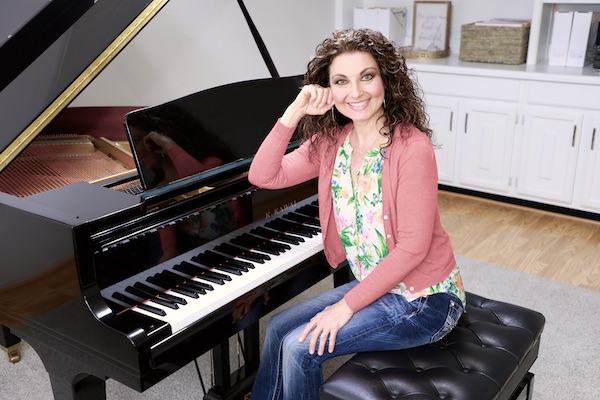
Hi! I’m Melody Payne, a pianist and piano teacher, educational resource author, a fun-loving wife to the most wonderful and talented hubby I could ask for, and a lifelong learner who loves to share. I want to make your life as a music teacher easier by writing and sharing helpful and relevant music teaching articles, and by creating educational resources with your very own students in mind. If you are a parent who wants to enroll your child in piano lessons, I’d love for us to get started building those skills that can give your child a lifetime of musical enjoyment!


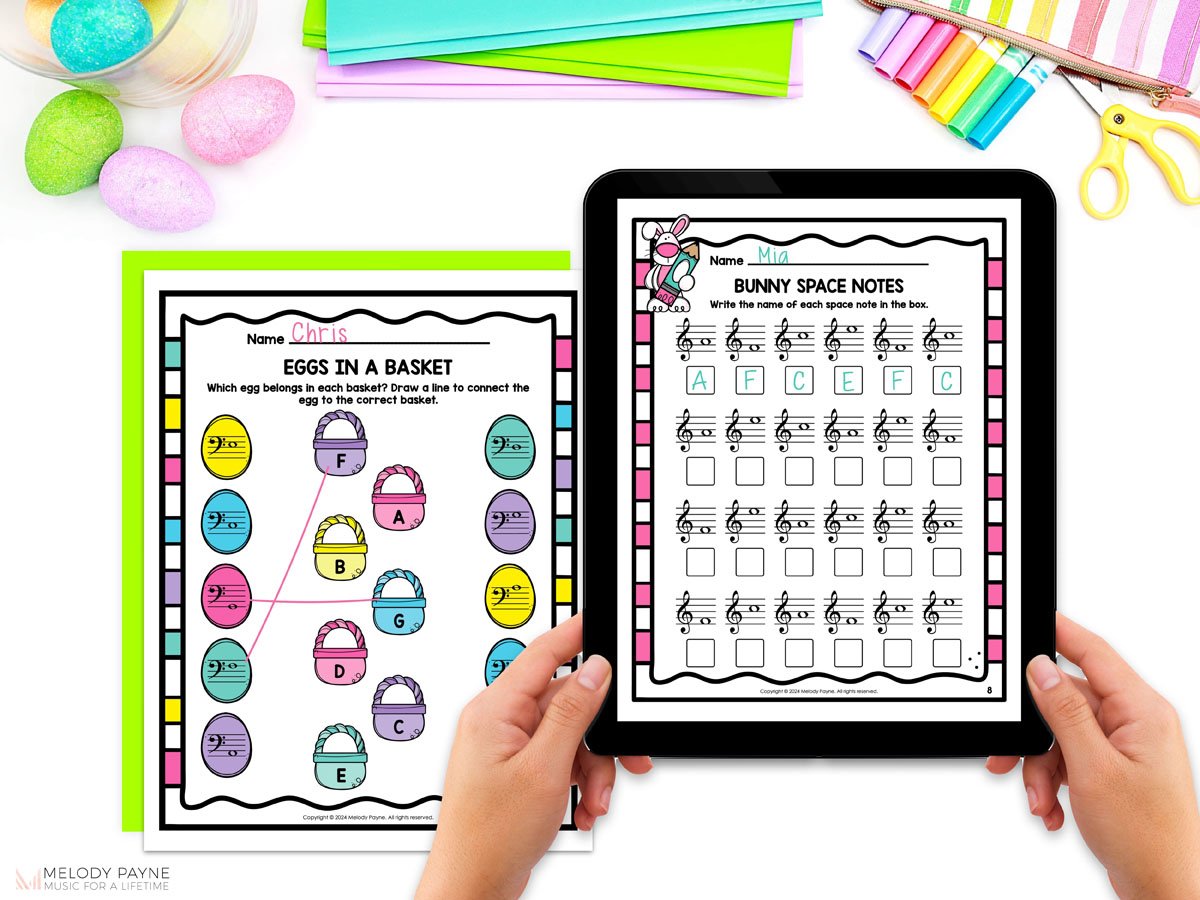
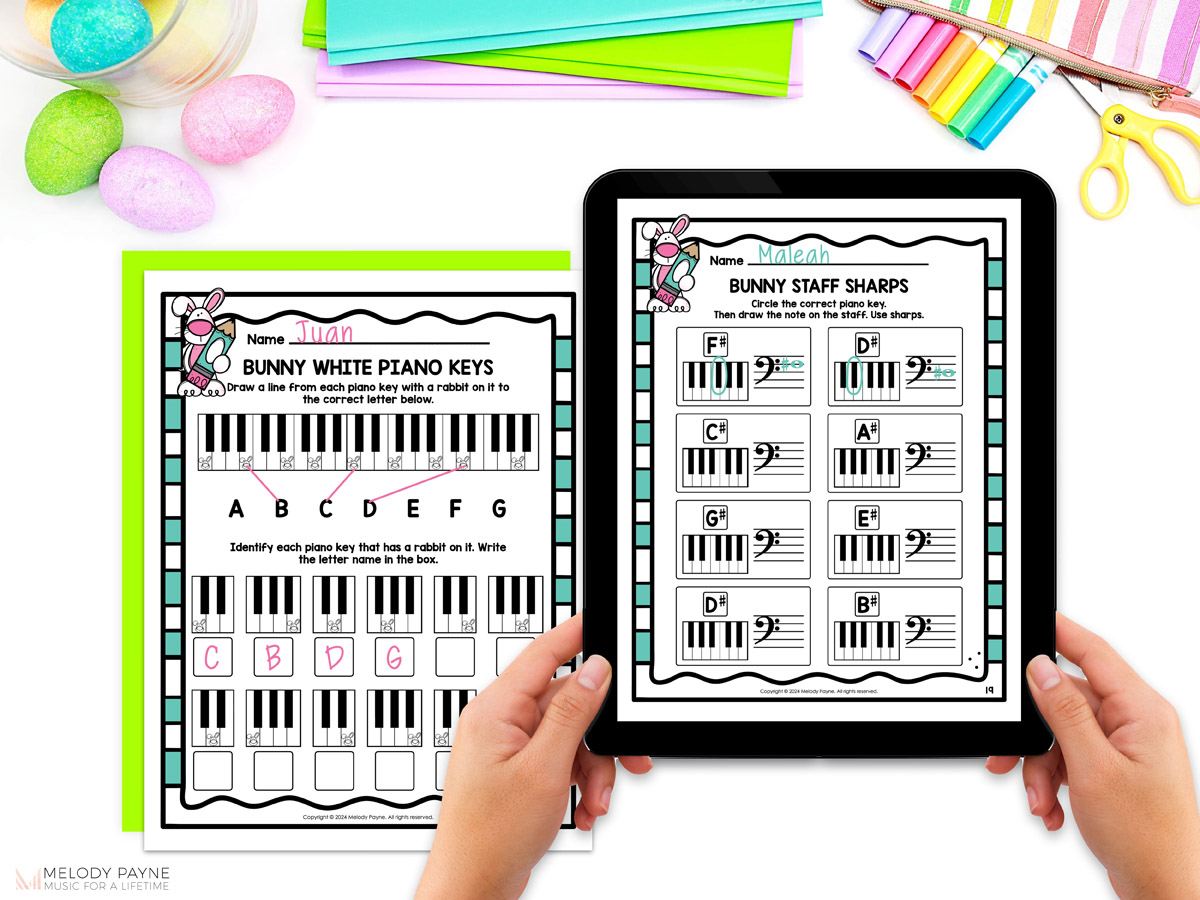
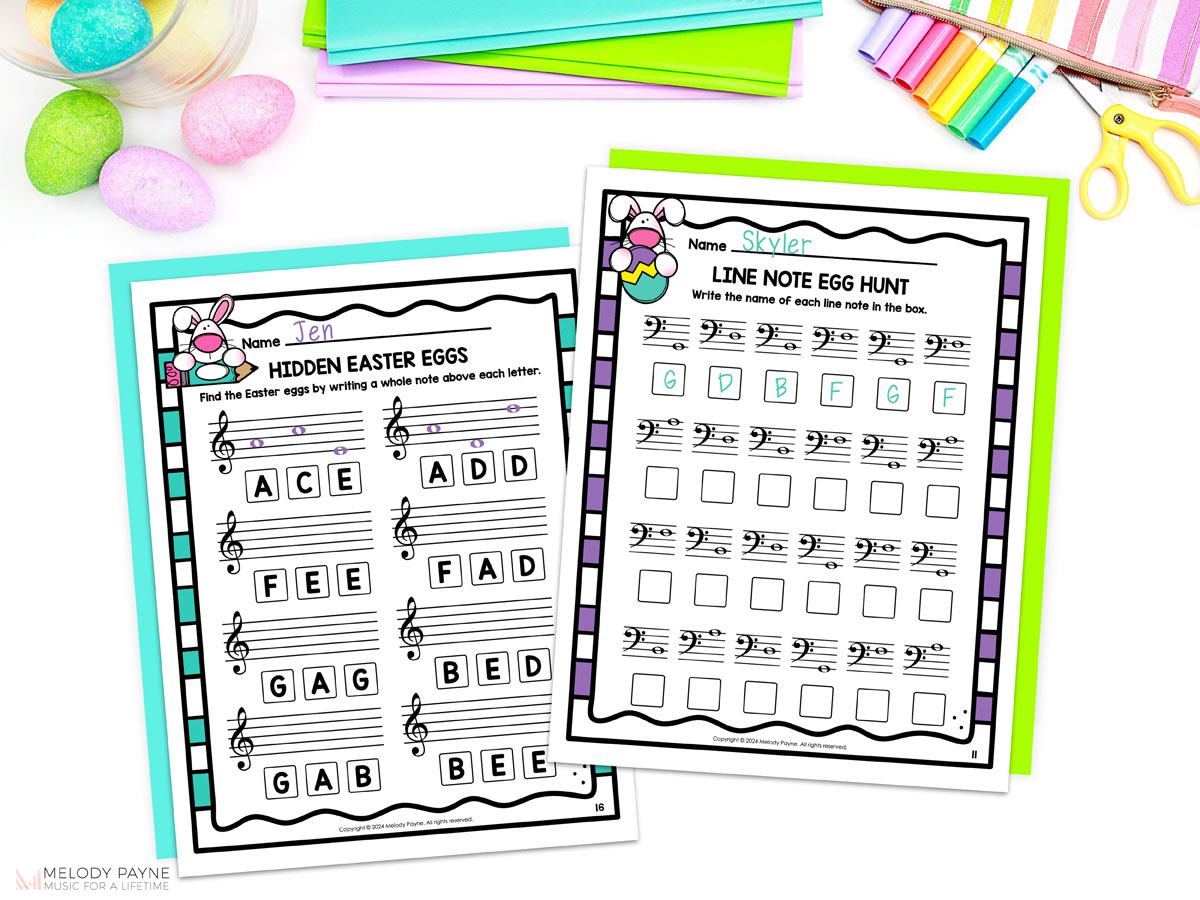
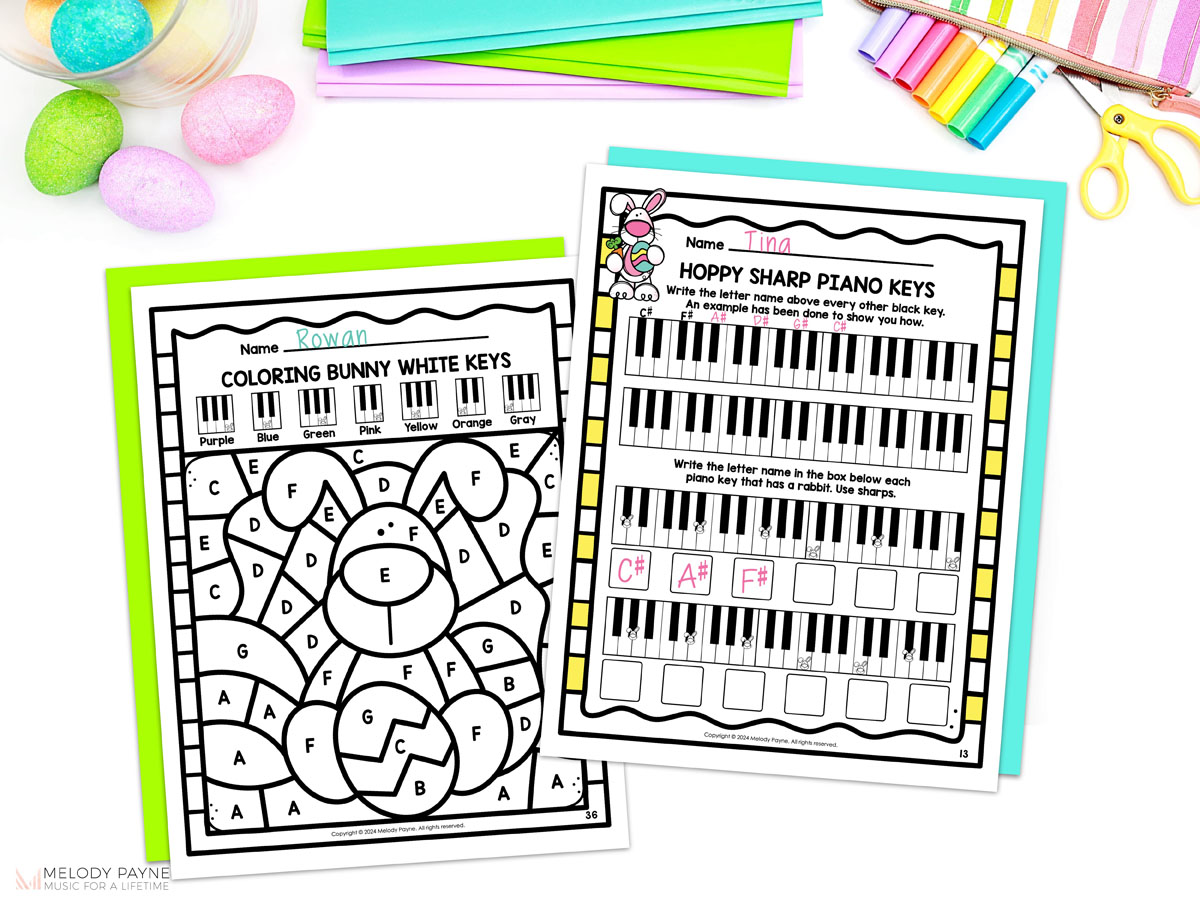

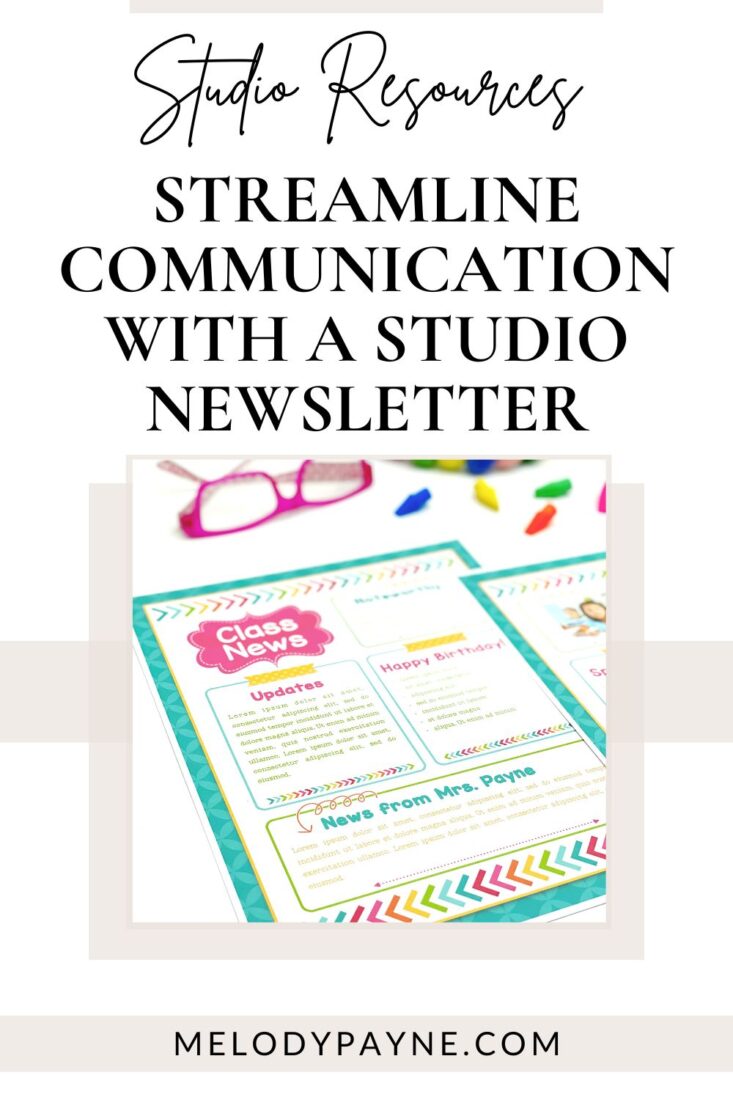
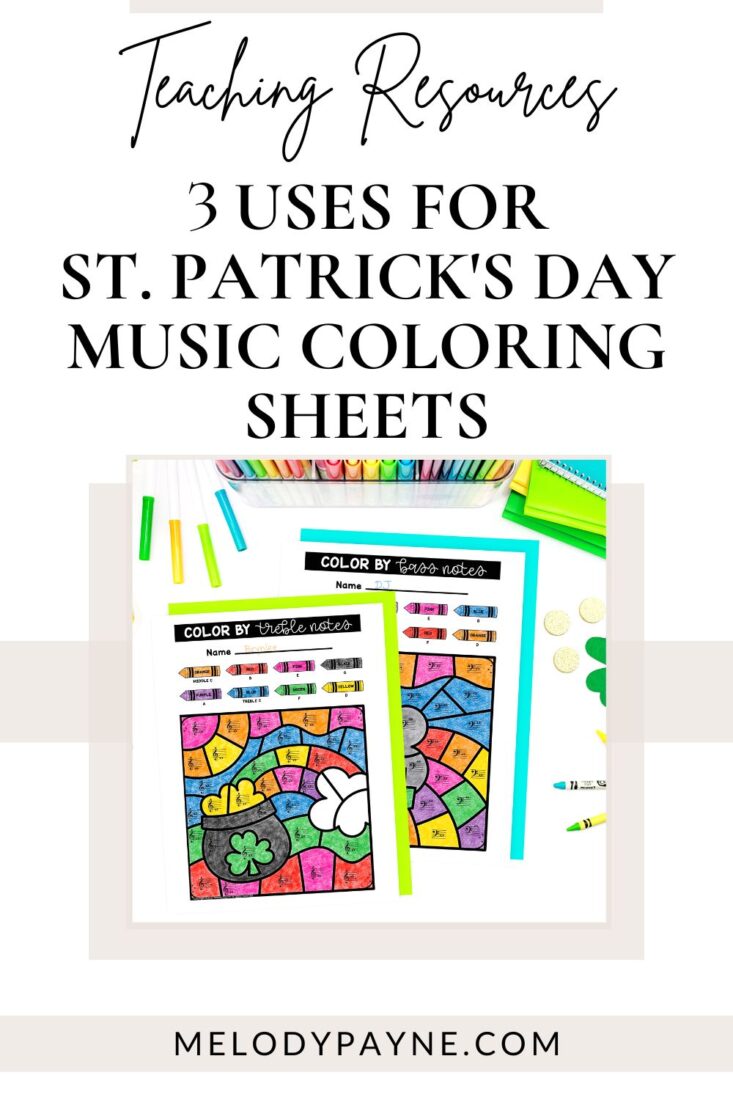
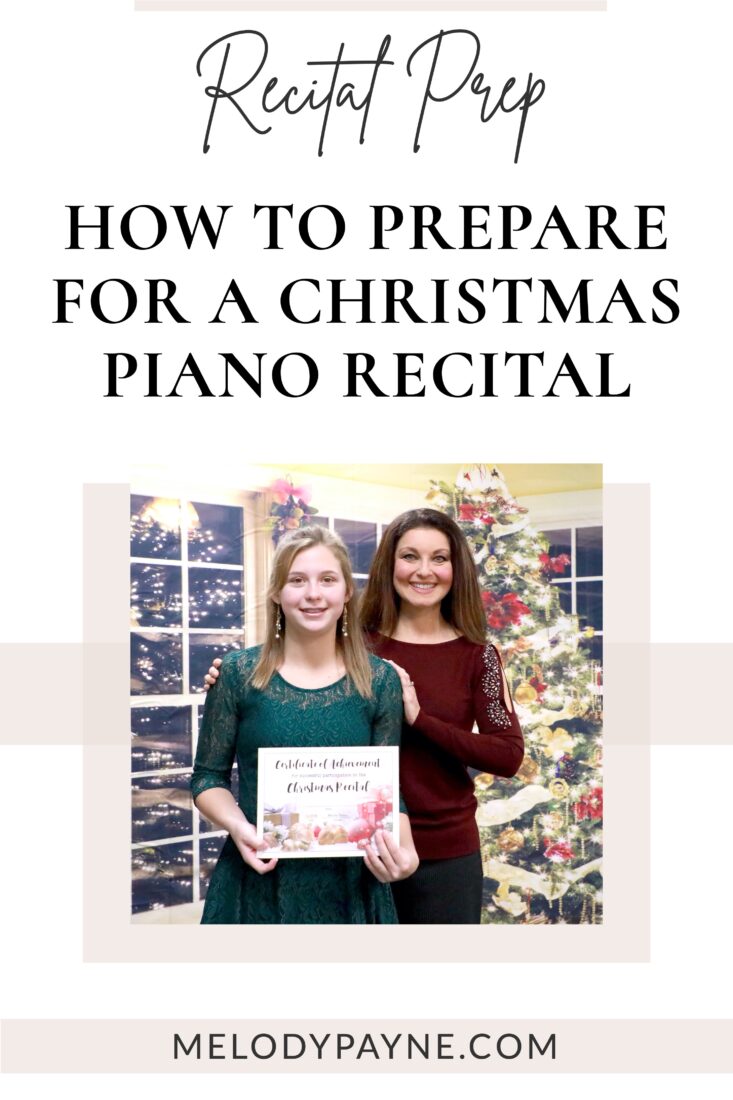

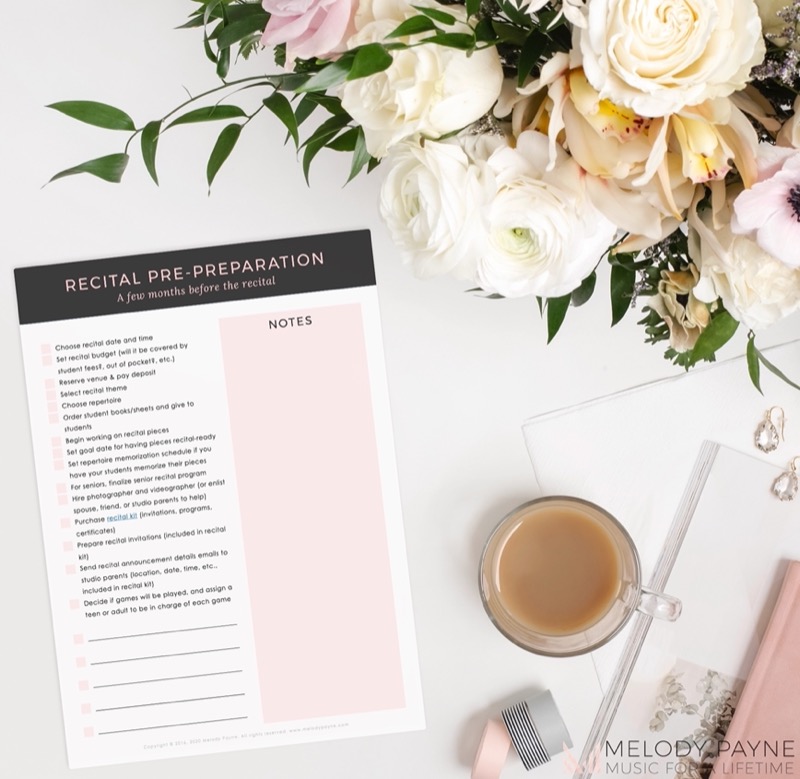
This Post Has 2 Comments
These thematic Easter worksheets are exactly the resource I was looking for. Thank you for the ideas on how to use them as well. My students will love them.
We’re so glad you enjoyed the article, Julie, and I’m happy to hear these worksheets were exactly what you needed for your students! Happy teaching! 🙂